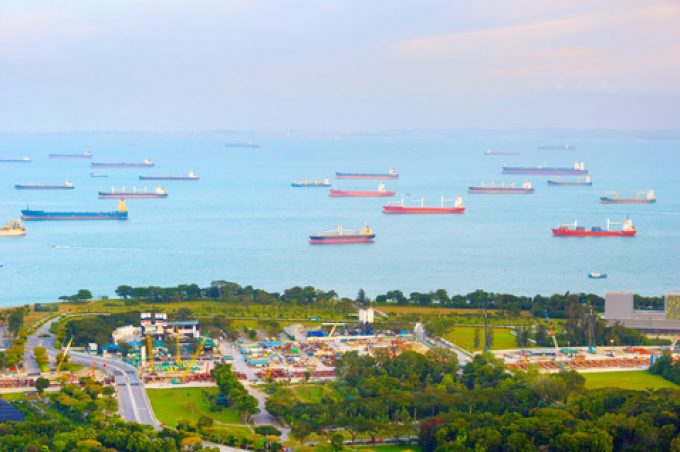Transpacific peak season may already be over, as US inventories decline
The early peak season for container shipping may have ended, analysts at Linerlytica said today. While ...

The number of carrier-controlled container vessels in lay-up is increasing exponentially as liner networks are rationalised to mitigate the significant downturn in demand.
According to the latest bi-weekly assessment by Alphaliner, in the two weeks to 10 October, the number of idled box ships jumped by ...

Comment on this article